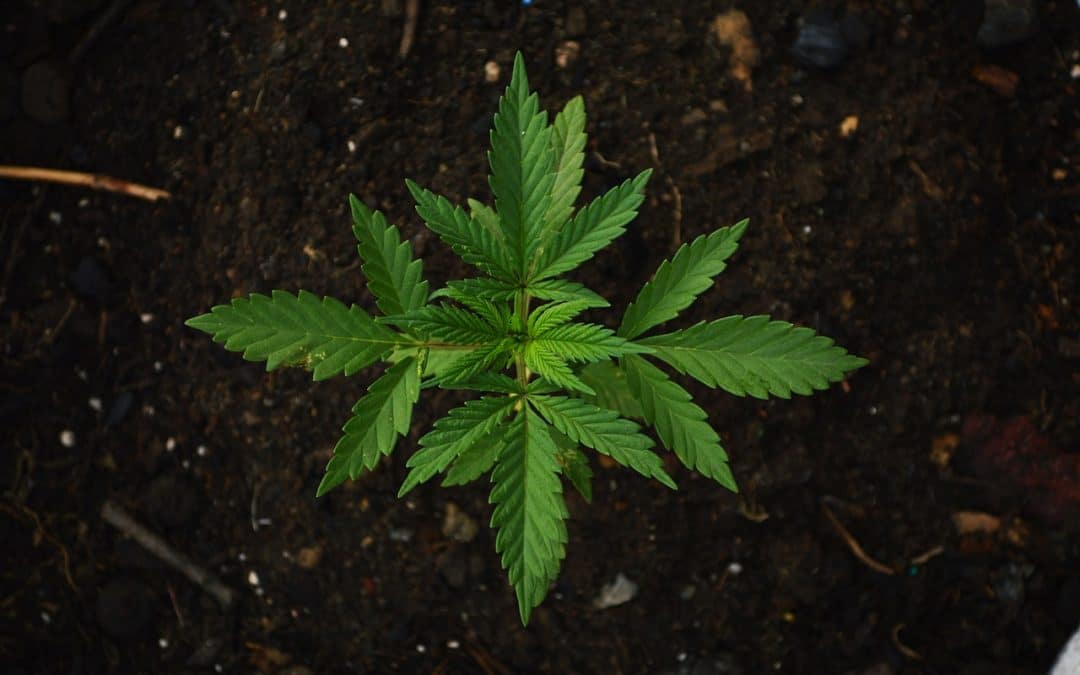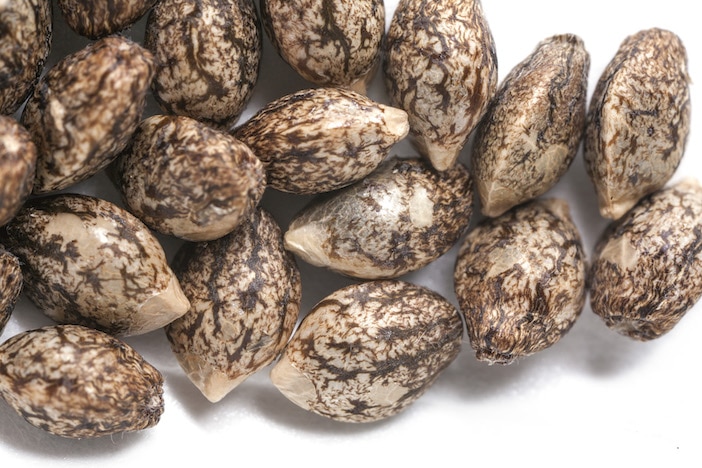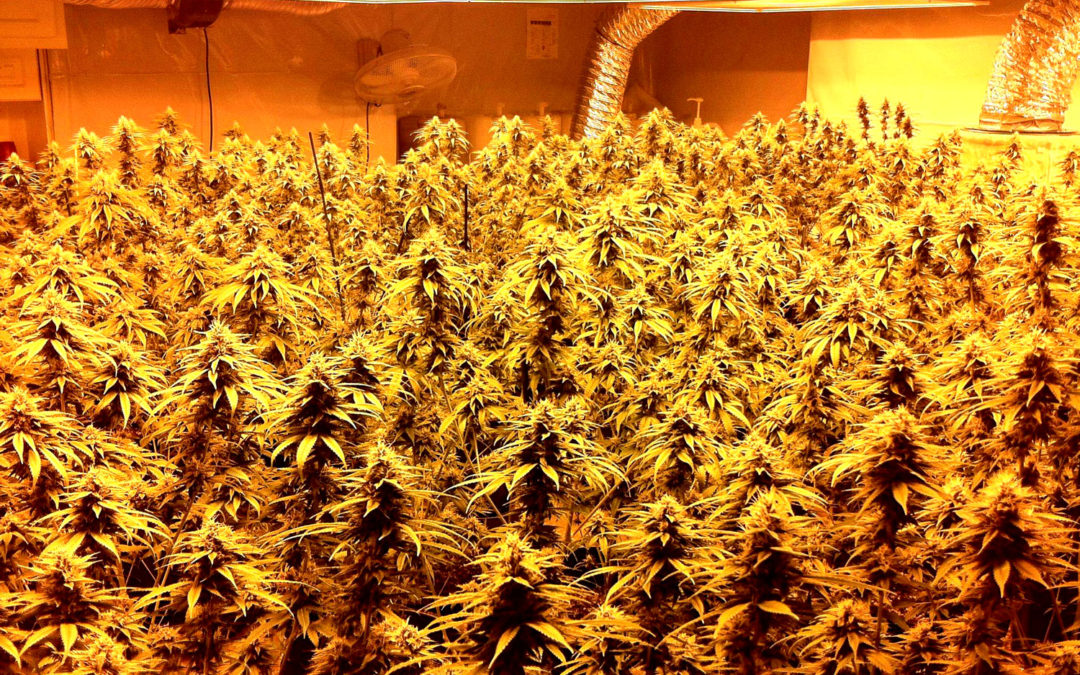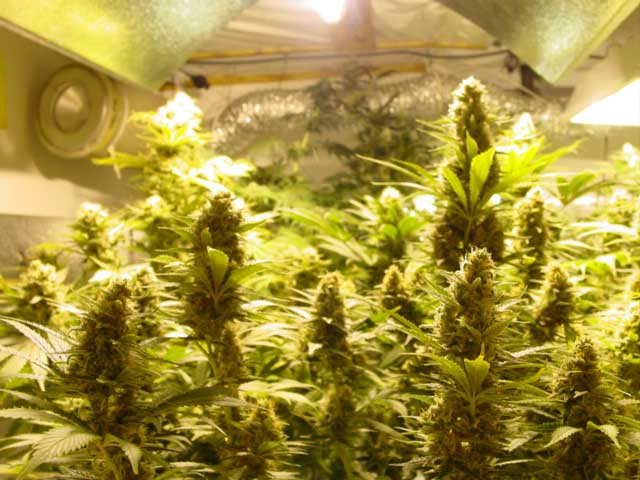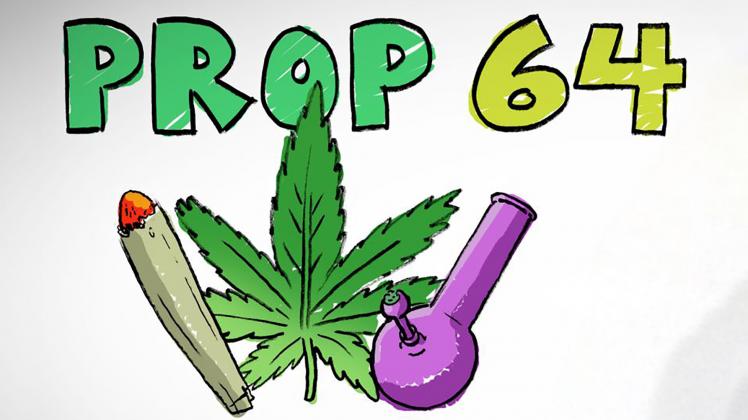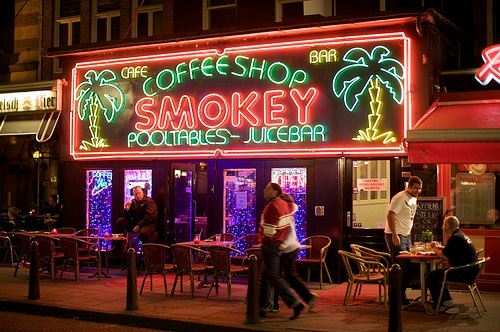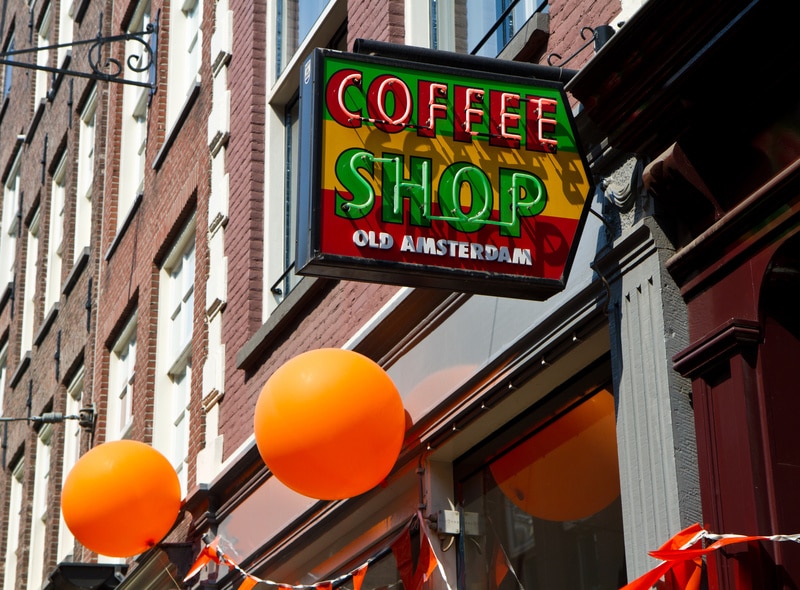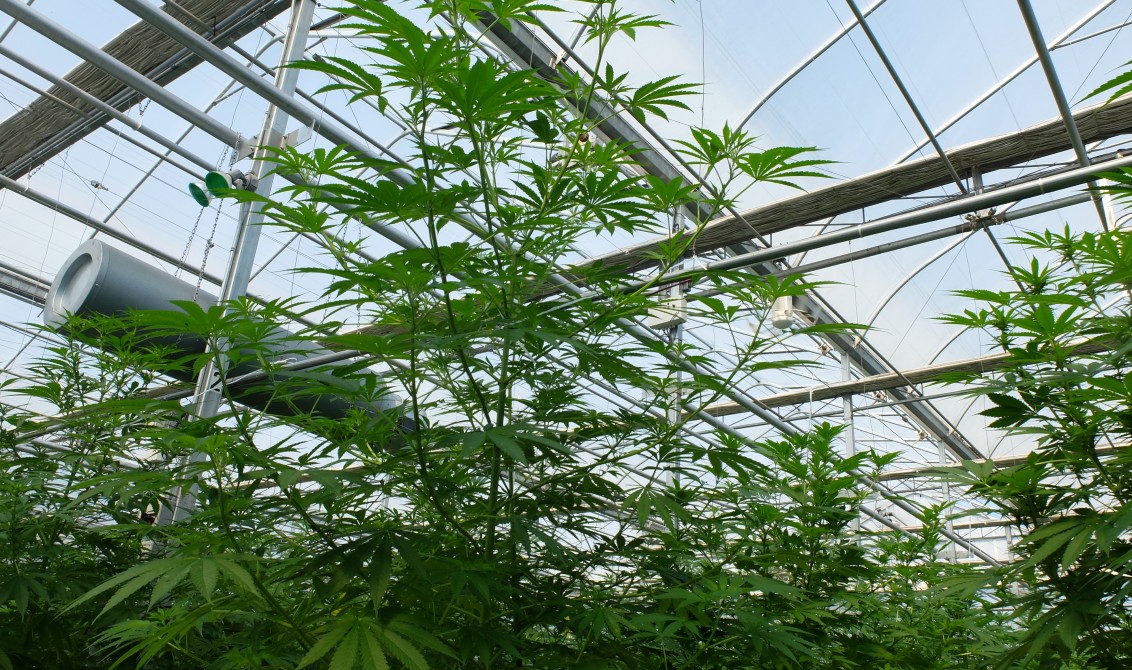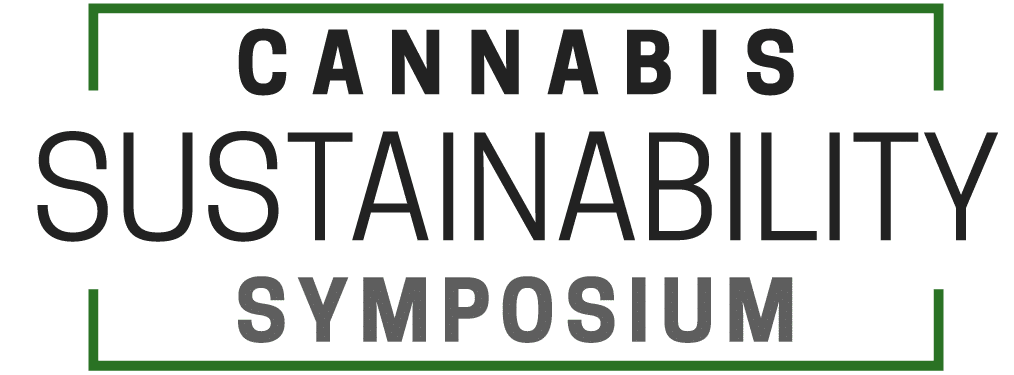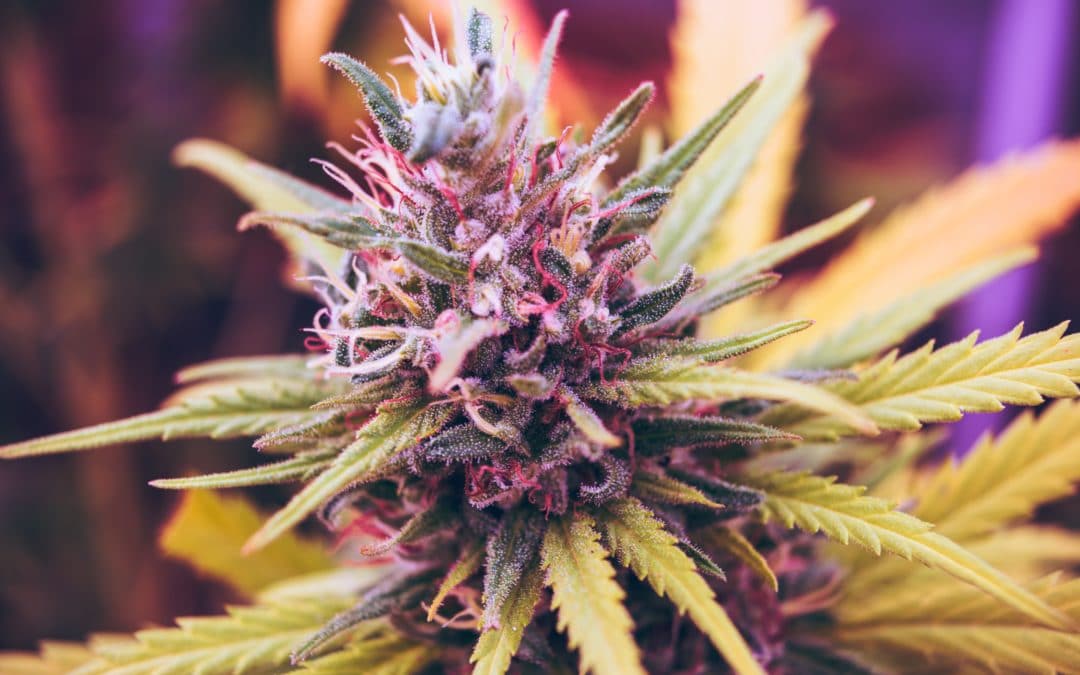
Craft Cannabis: what is the ‘Craft’ difference?
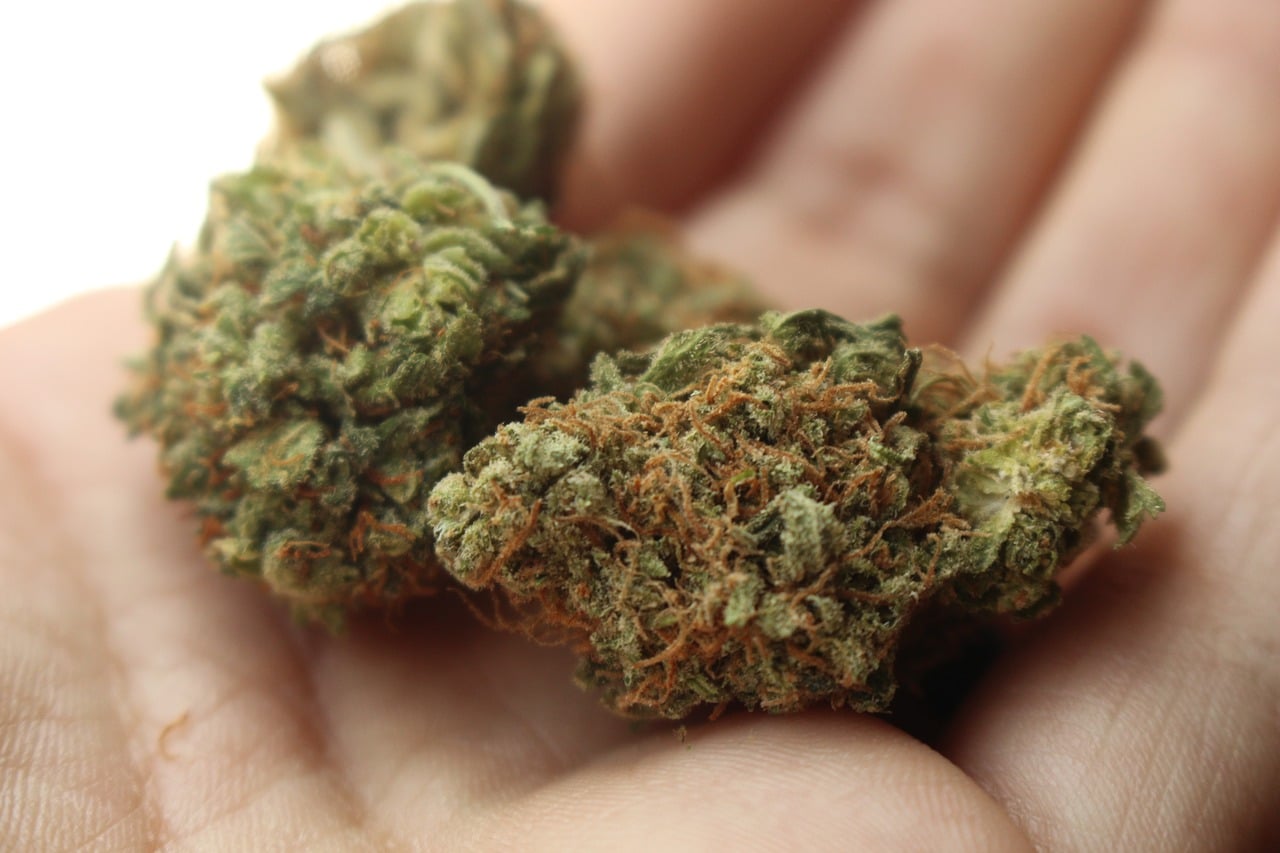
Many people are exposed to cannabis in a very nonchalant way. They get passed a joint. The uninitiated may take two hits and pass and notice not much difference.
Every now and then, however, you will get passed a joint that gets you higher than a Georgia pine. This isn’t just the THC level. When cannabis smells overly aromatic, looks absolutely perfect like breakfast cereal, and sends your brain soaring through the atmosphere, you may have just experienced craft cannabis.
A new love for an old plant
Just like beer and liquor, cannabis can also be grown as a boutique crop. In the past 30 years due to its prohibited nature, cannabis has often been grown in the biggest and fastest way to produce as many grams per square foot. This has promoted really high yields and fast growing cannabis.
However something is lost in the commercialization of large-scale ganja.
Craft Cannabis
Craft cannabis is grown by artisans. They put all of their energy into the cannabis plant to grow perfect looking nuggets that smell and taste incredible. Yield and vigor may not even matter to them. This focus can bring the best out of even the most commercial weeds.
Compared to a large grow operation that produces cannabis en masse, craft cannabis is usually grown in small batches. Each individual plant in a batch gets close attention every step along the way, making it much less likely that a plant develops any sort of mold or disease.
Think about craft beer; microbrews, and slow-brewed coffee. These are all considered “craft” due to their small batch production and high attention to detail, giving way to much better flavors, aromas, and overall quality. Craft cannabis is no different.
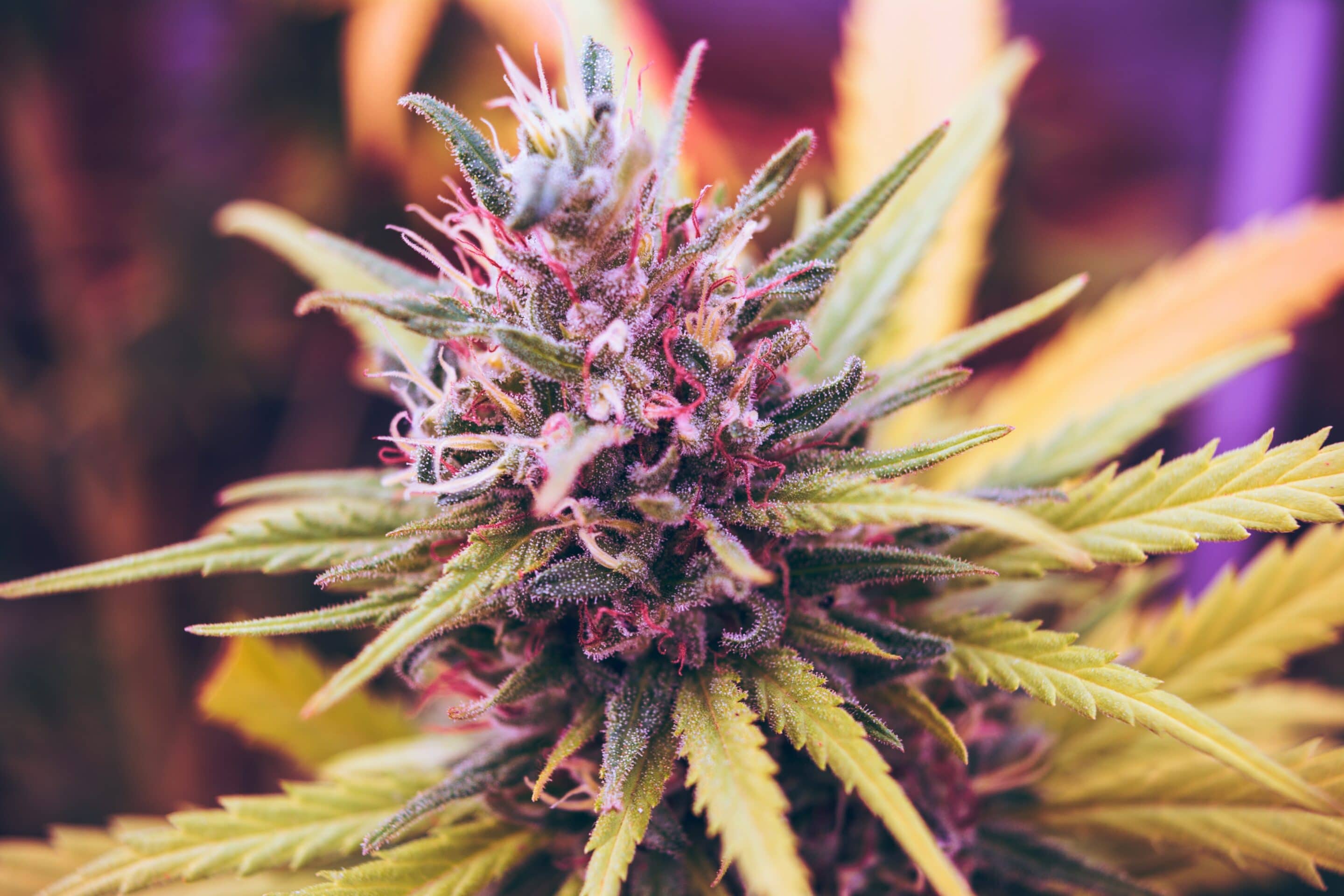
Worth the effort?
Let’s not confuse the size of the cannabis operation or their technique to put them in a craft category. Cannabis can be grown on a large scale in this artesanal manner. It requires extra care, extra time and absolutely extra dollars.
Unfortunately, craft cannabis often doesn’t bring any higher price in the marketplace. It requires a certain marketing technique in order to bring a higher price. Think farm-direct or designer model.
So the next time you’re in the circle, and a whiff of blue smoke comes your way, hit the joint and roll the vapor across your palate. Then ask yourself, is this craft cannabis?
And don’t forget to tune in to the new episode of The Real Dirt, Monday February 26th. Chip sits down with Dave from Artizen Cannabis, a craft cannabis company based in Washington.

